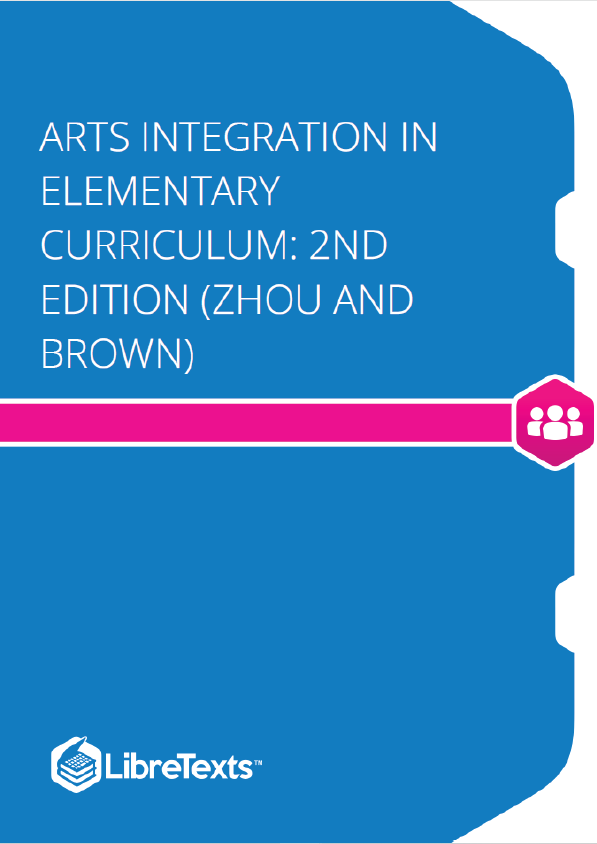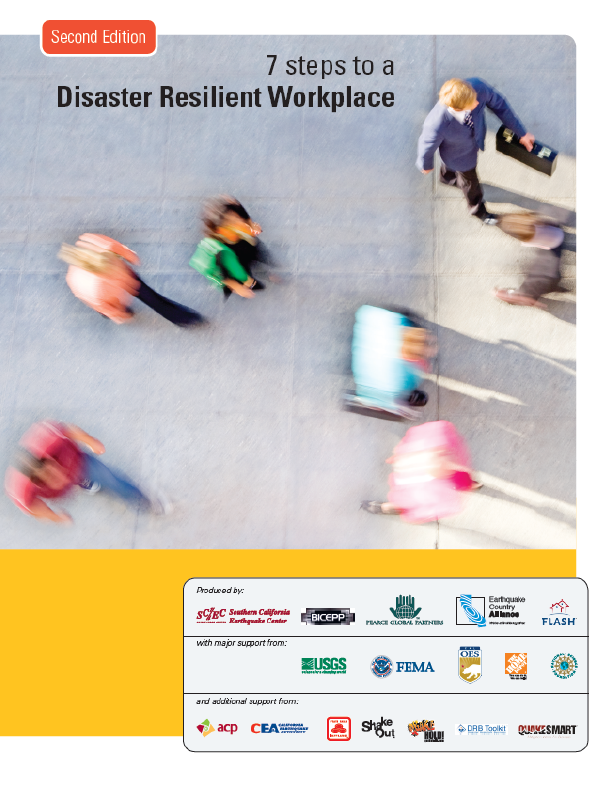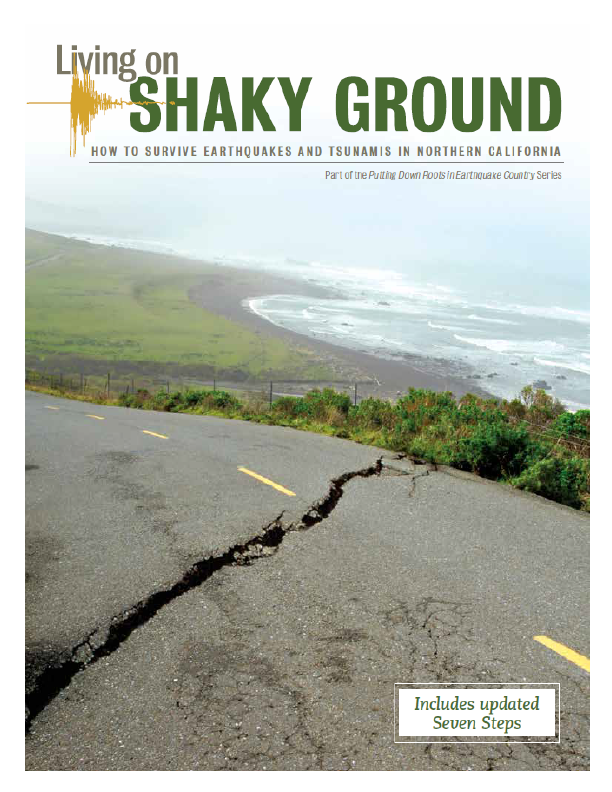SELECTED READING
Background: Arts in Schools
Many teachers, schools, and arts programs benefit from knowing the different ways the arts can be present in schools. Without making a distinction, opportunities can be missed, programs can lack clarity, or the arts can seem like something too unwieldy to incorporate. Making a distinction among the approaches can help narrow or focus objectives as well as help educators select the most appropriate approach based on their objectives. Ultimately, students are best served when all three variations-Arts as Curriculum, Arts Enhanced Curriculum, and Arts-Integrated Curriculum-are part of their education.
The arts find their way in to elementary, middle, and high school classrooms every day in a variety of ways. The variations can be distilled into three main categories:
- Arts as Curriculum
- Arts-Enhanced Curriculum
- Arts-Integrated Curriculum
All three variations are important, needed, and valid. All benefit from being supported by arts experiences where students attend performances and exhibits by professional artists to engage in authentic experiences that deepen and broaden their arts understandings.
When the arts are used as a device or strategy to support other curriculum areas, but no objectives in the art form are explicit, then the approach is called Arts-Enhanced Curriculum. For example, students sing the ABCs as a means to other ends-remembering the letters and sequence of the alphabet. However, students are not usually expected to learn about melody, song structure, or develop specific singing skills. Arts Enhanced Curriculum acts as a “hook” to engage students in learning content. Additionally, teachers need little or no training in the art form. Arts-Enhanced Curriculum is often mistaken for Arts-Integrated Curriculum or a distinction is not made between the two.
Arts-Integrated Curriculum
In Arts-Integrated Curriculum, the arts become the approach to teaching and the vehicle for learning. Students meet dual learning objectives when they engage in the creative process to explore connections between an art form and another subject area to gain greater understanding in both. For example, students meet objectives in theater (characterization, stage composition, action, expression) and in social studies. The experience is mutually reinforcing-creating a dramatization provides an authentic context for students to learn more about the social studies content and as students delve deeper into the social studies content their growing understandings impact their dramatizations. For Arts-Integrated Curriculum to result in deep student understanding in both the art form and the other curriculum area, it requires that teachers engage in professional development to learn about arts standards and how to connect the arts to the curriculum they teach.
Arts Integration Definition
Arts integration is an approach to teaching in which students construct and demonstrate understanding through an art form. Students engage in a creative process, which connects an art form and another subject area and meets evolving objectives in both.











